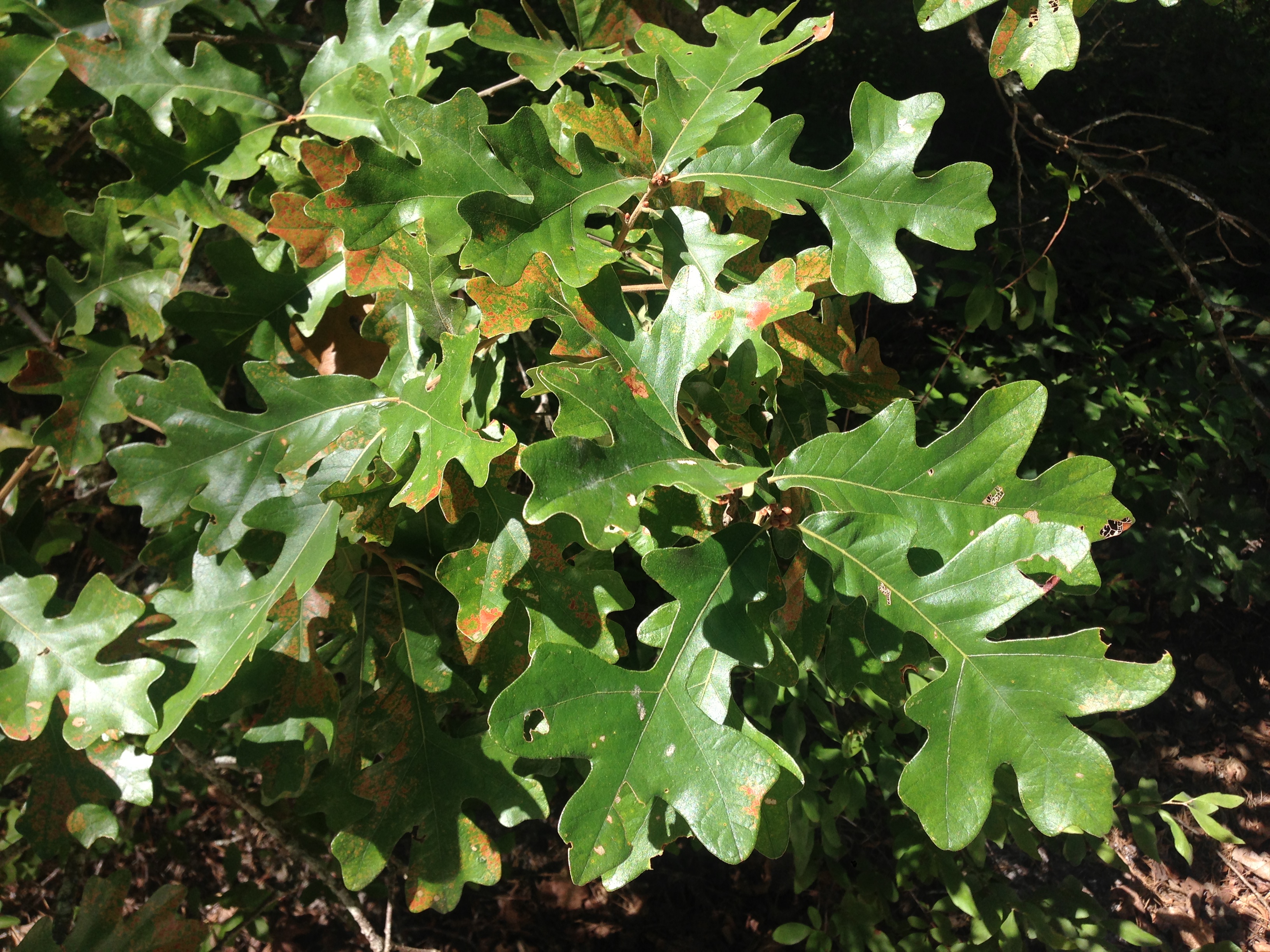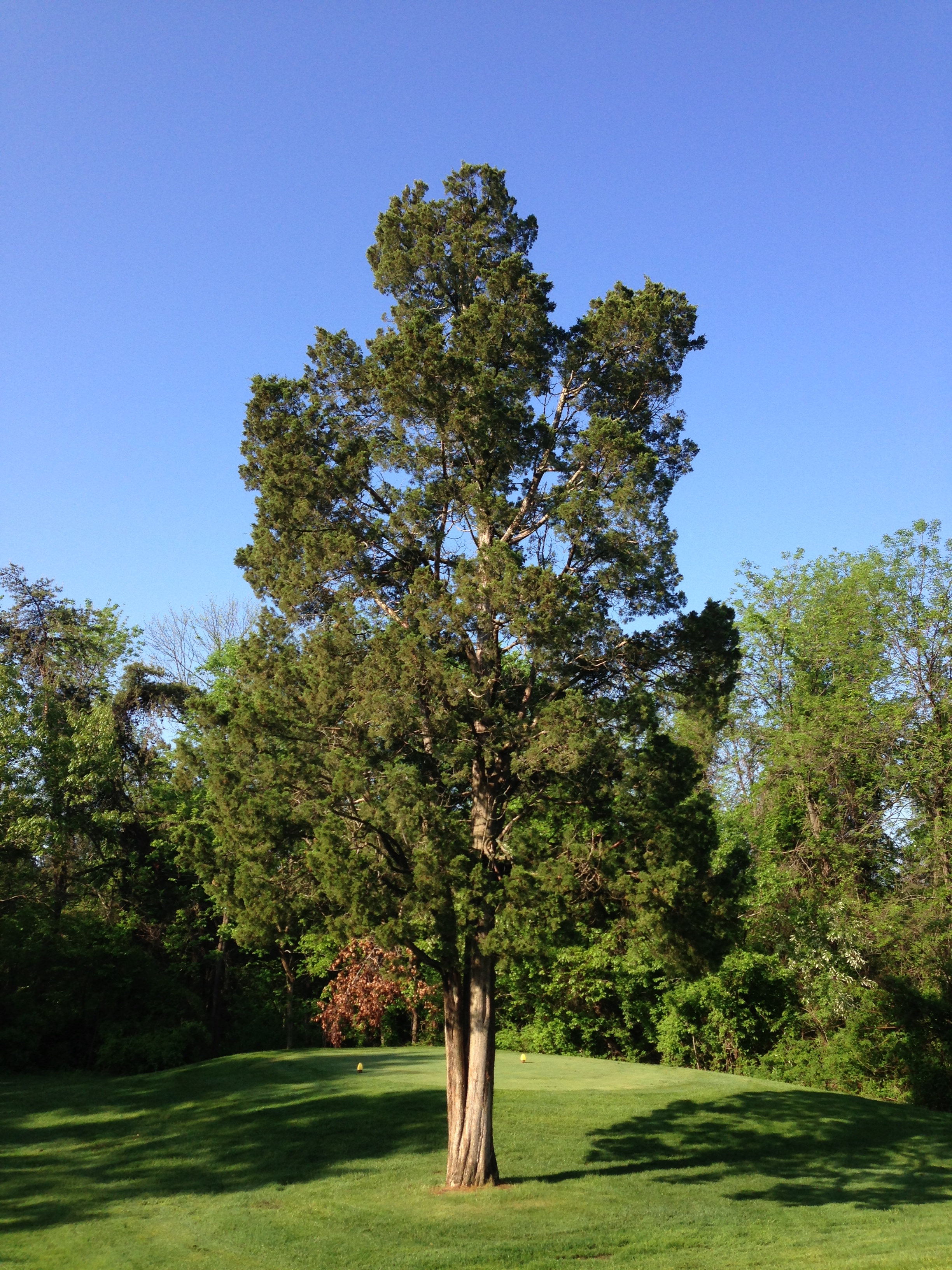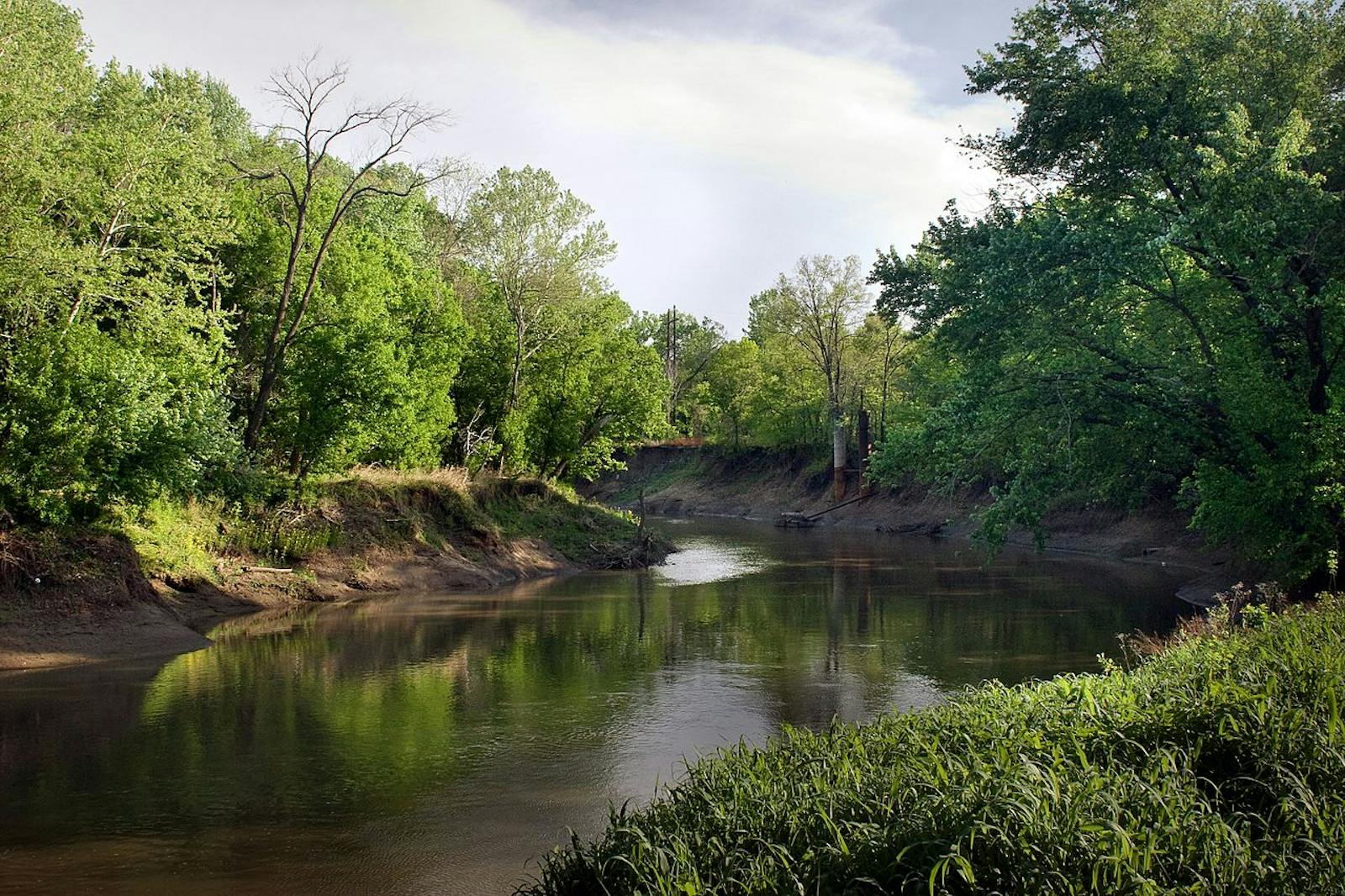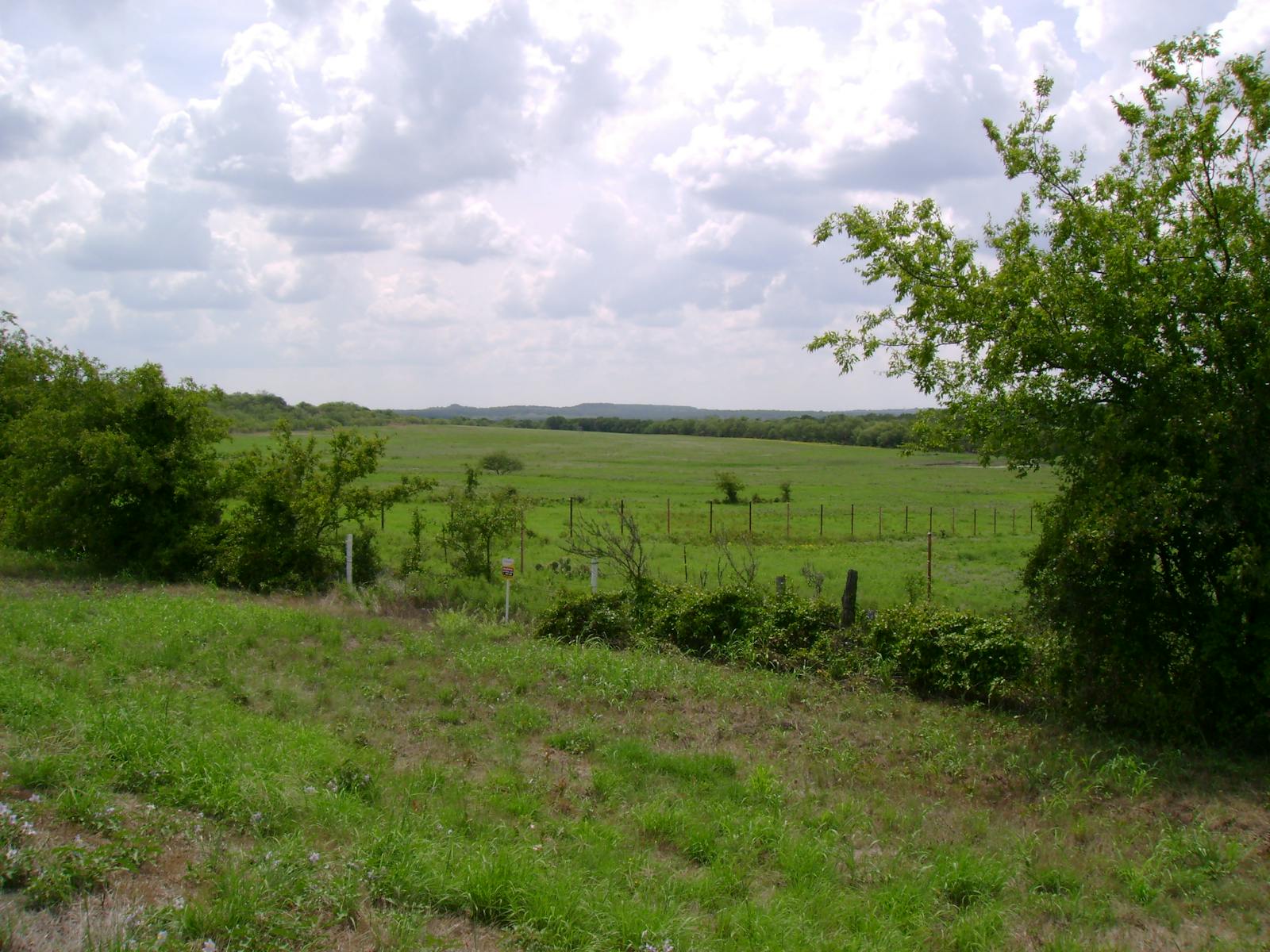Cross-Timbers Savanna-Woodland
The ecoregion’s land area is provided in units of 1,000 hectares. The conservation target is the Global Safety Net (GSN1) area for the given ecoregion. The protection level indicates the percentage of the GSN goal that is currently protected on a scale of 0-10. N/A means data is not available at this time.
Bioregion: Southern Prairie Mixed Grasslands (NA20)
Realm: Northern America
Ecoregion Size (1000 ha):
8,842
Ecoregion ID:
390
Conservation Target:
20%
Protection Level:
1
States: United States: TX, OK, KS
The Cross-Timbers Savanna-Woodland ecoregion covers a long latitudinal extent from Texas north through eastern Oklahoma and a small portion of eastern Kansas. The southern portion is bounded on the east by the Texas Blackland Prairies ecoregion, with the boundary falling between Dallas to the east and nearby Fort Worth to the west. To the south, this ecoregion borders the Edwards Plateau Savanna ecoregion, and to the west lies the Central-Southern US Mixed Grasslands.
Further north, the eastern boundary touches the East Central Texas Savanna-Woodland, Ozark Mountain Forests, and Central Tallgrass Prairie ecoregions. The northwestern edge lies adjacent to the Flint Hills Tallgrass Prairie. The Cross-Timbers Savanna-Woodland is sometimes lumped with the East Central Texas Forests (Savanna-Woodland) ecoregion, from which it differs by having a more rolling landscape underlain by Cretaceous limestones and shales (as opposed to Eocene) and having more rocky soils. Elevations reach 427 m.

The flagship species of the Cross-Timbers Savanna-Woodland ecoregion is the post oak. Image credit: Creative Commons
The Cross Timbers lies in a climatic transition zone, in which a “dry line” separates humid air from the Gulf of Mexico from the dry air of the Llano Estacado, the Texas Panhandle, and the High Plains. Lying largely west of this line, the ecoregion is primarily classified as subhumid warm temperate with hot summers and relatively mild winters. Some classifications consider the climate subtropical. Precipitation is higher in the eastern part of the ecoregion (averaging 1,020 mm annually) than to the west (710 mm), with a third to one-half of the rainfall occurring during the spring. The growing season ranges from 180 days in the northern part of the ecoregion to 240 days in the south.
This ecoregion is a mosaic of woodland, savanna, and prairie vegetation. Two tree species are most characteristic of the Cross Timbers: post oak and blackjack oak. Other significant trees include eastern redcedar, black hickory, winged elm, and sumac. The dominant grass is little bluestem, but big bluestem and Indiangrass may be codominant, with other common grasses including three-awn, sideoats grama, hairy grama, and others. The short, stout, and often twisted oaks were generally not usable as timber, so some 3,600 km2 of old growth remain in the ecoregion. Some post oaks are 200–400 years old and some redcedars more than 500 years old.

Eastern cedar. Image credit: Creative Commons
Fire was a significant component of the Cross Timbers, with pre-EuroAmerican fire-return intervals averaging 4.4 years, but more frequent in times of drought. Alterations to the fire regime through grazing and fire exclusion have resulted in changes in the vegetation, including major expansion of red cedar. Rare, endemic plant species in the Cross Timbers include Comanche Peak prairie-clover and rock scurfpea. Though not endemic to the ecoregion, the federally threatened eastern prairie fringed orchid and western prairie fringed orchid also occur here. The black-capped vireo, listed as federally endangered, breeds partly within this ecoregion. Bison and black bear are both apparently extirpated from this ecoregion, and prairie dogs have declined dramatically. The endangered black-footed ferret may have occurred here in the past.
Although some outstanding examples of the native vegetation of this ecoregion remain, they are small and scattered. Only 1% of the ecoregion is protected and a mere 5% of the vegetation outside protected areas remains in relatively natural condition. Agriculture, heavy livestock grazing, and fire exclusion have taken their toll.
Priority conservation actions for the next decade are to: 1) restore native vegetation, along with natural fire regimes; 2) greatly increase federal, state, and local acquisition of conservation lands; and 3) increase awareness of the natural history and conservation needs of this ecoregion among the local people.
Citations
1. Hoagland, B.W., I.H. Butler, F.L. Johnson, and S. Glenn. 1999. The Cross Timbers. Pages 231-245 in R.C. Anderson, J.S. Fralish, and J.M. Baskin, eds. Savannas, Barrens, and Rock Outcrop Communities of North America. Cambridge University Press, Cambridge, UK
2. Anonymous. Undated. East Central Texas Forests. https://en.wikipedia.org/wiki/East_Central_Texas_forests
3. Poole, J.M., W.R. Carr, D.M. Price, and J.R. Singhurst. 2007. Rare Plants of Texas. Texas A&M University Press, College Station.




